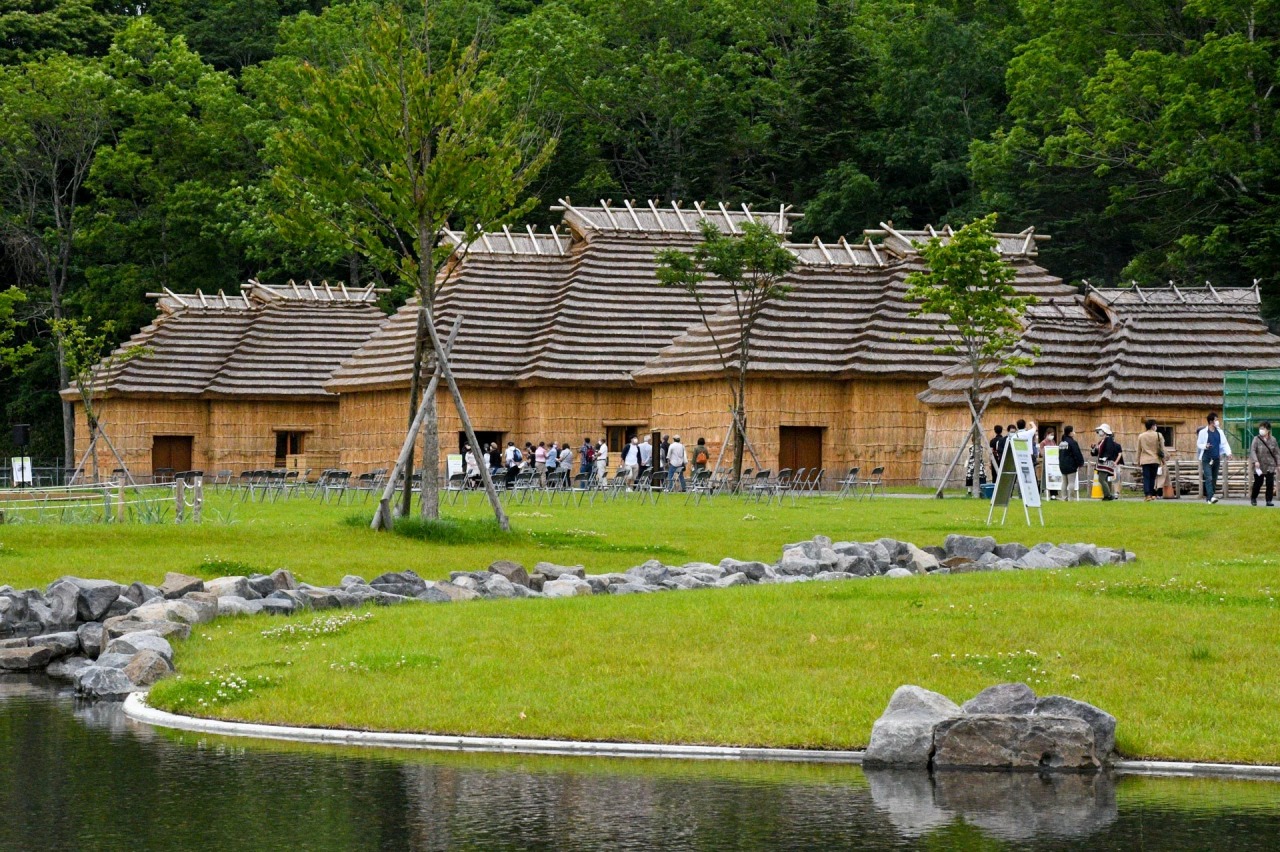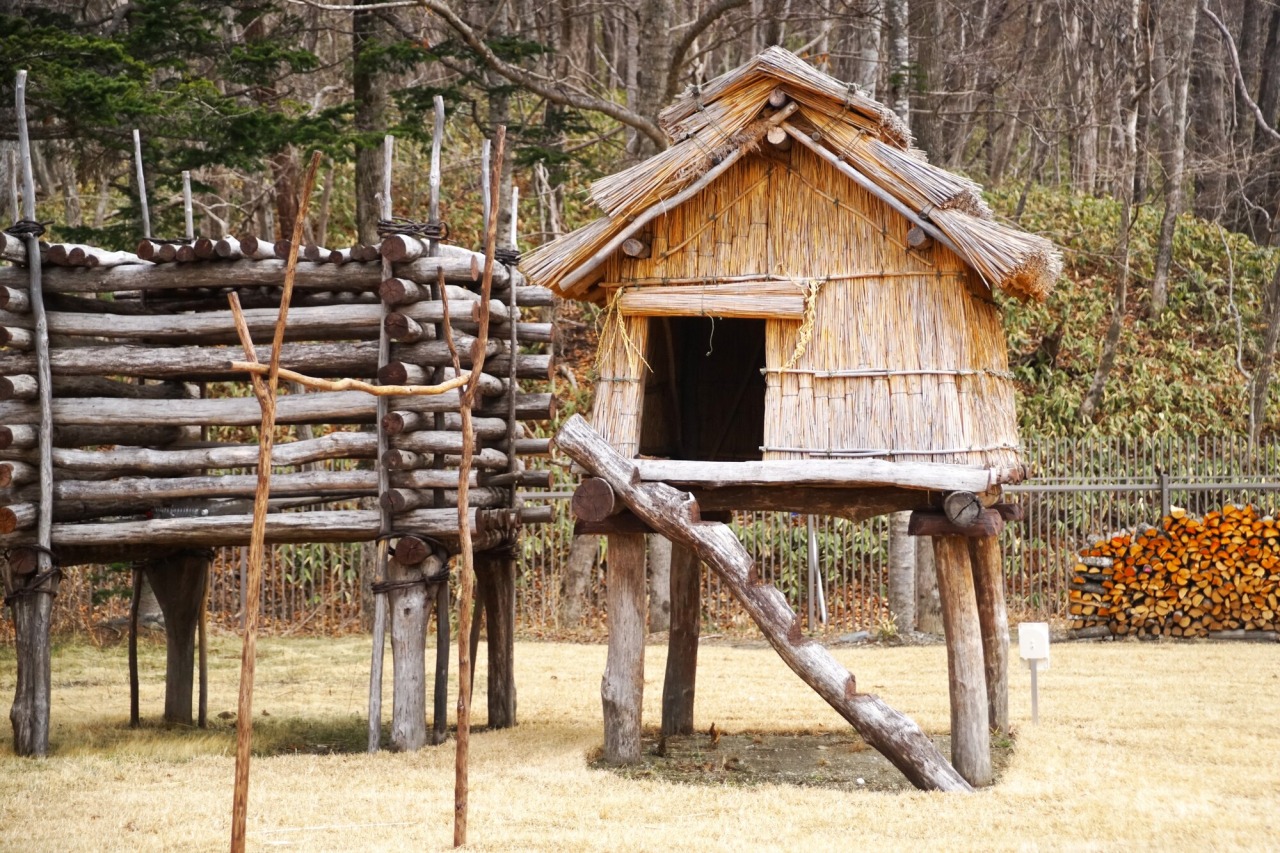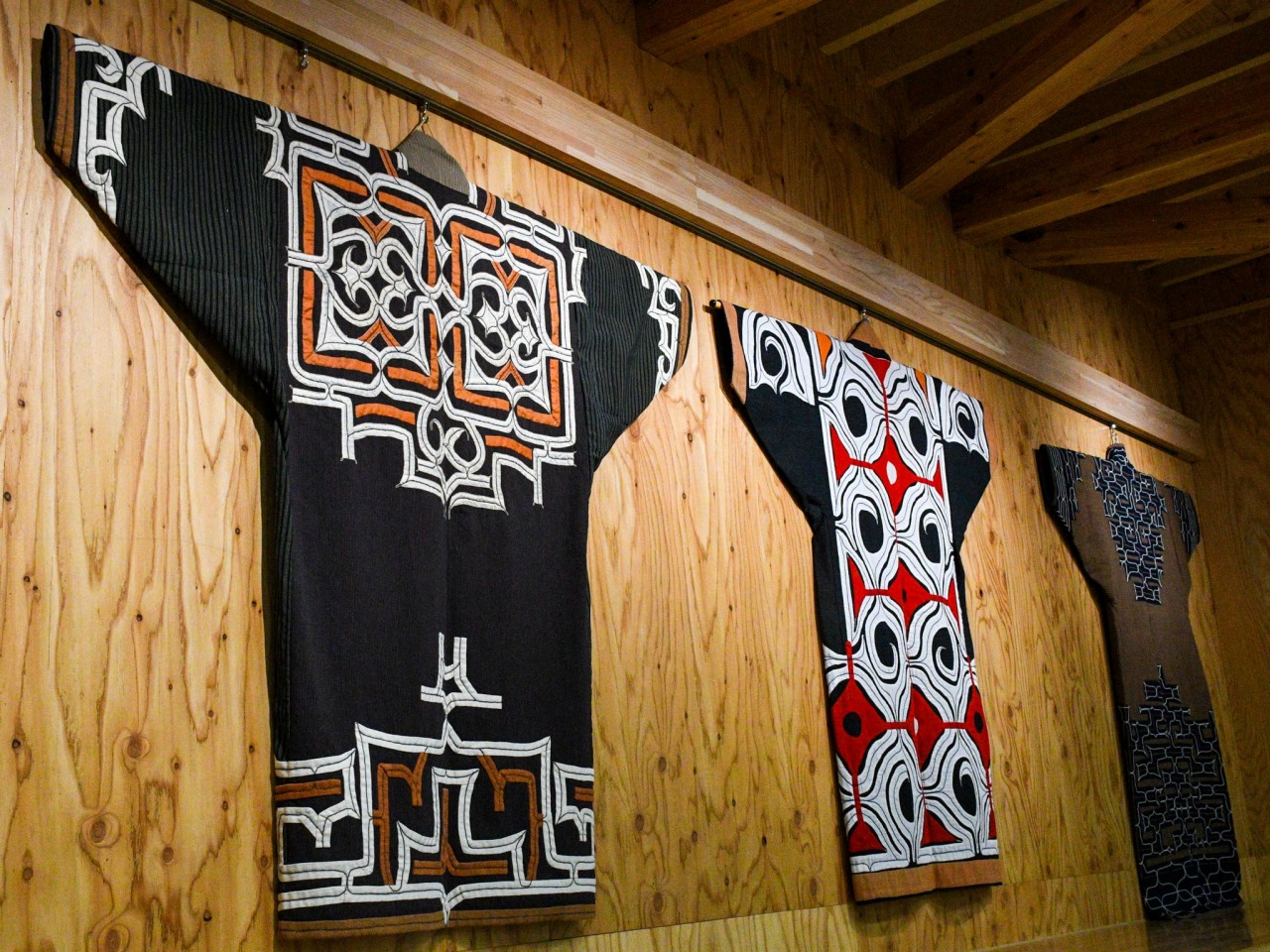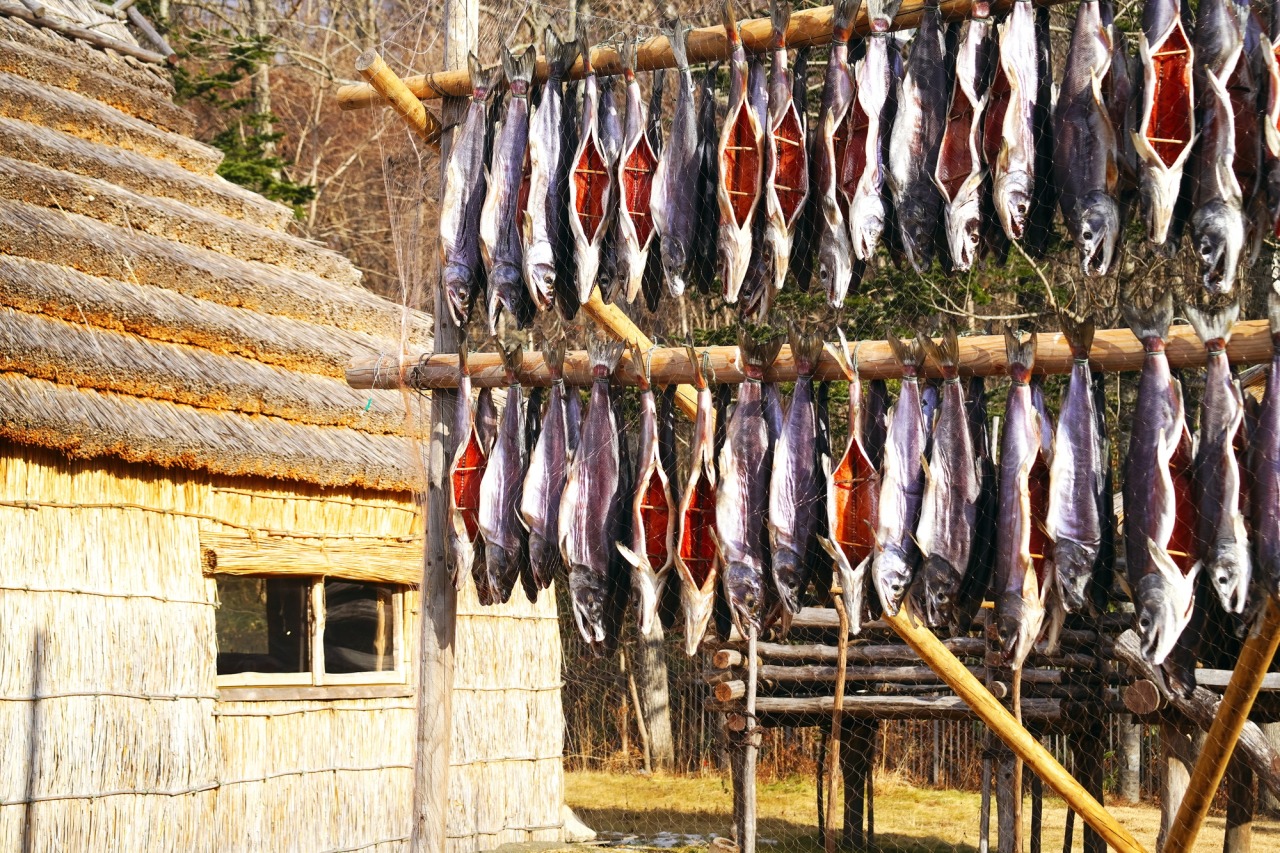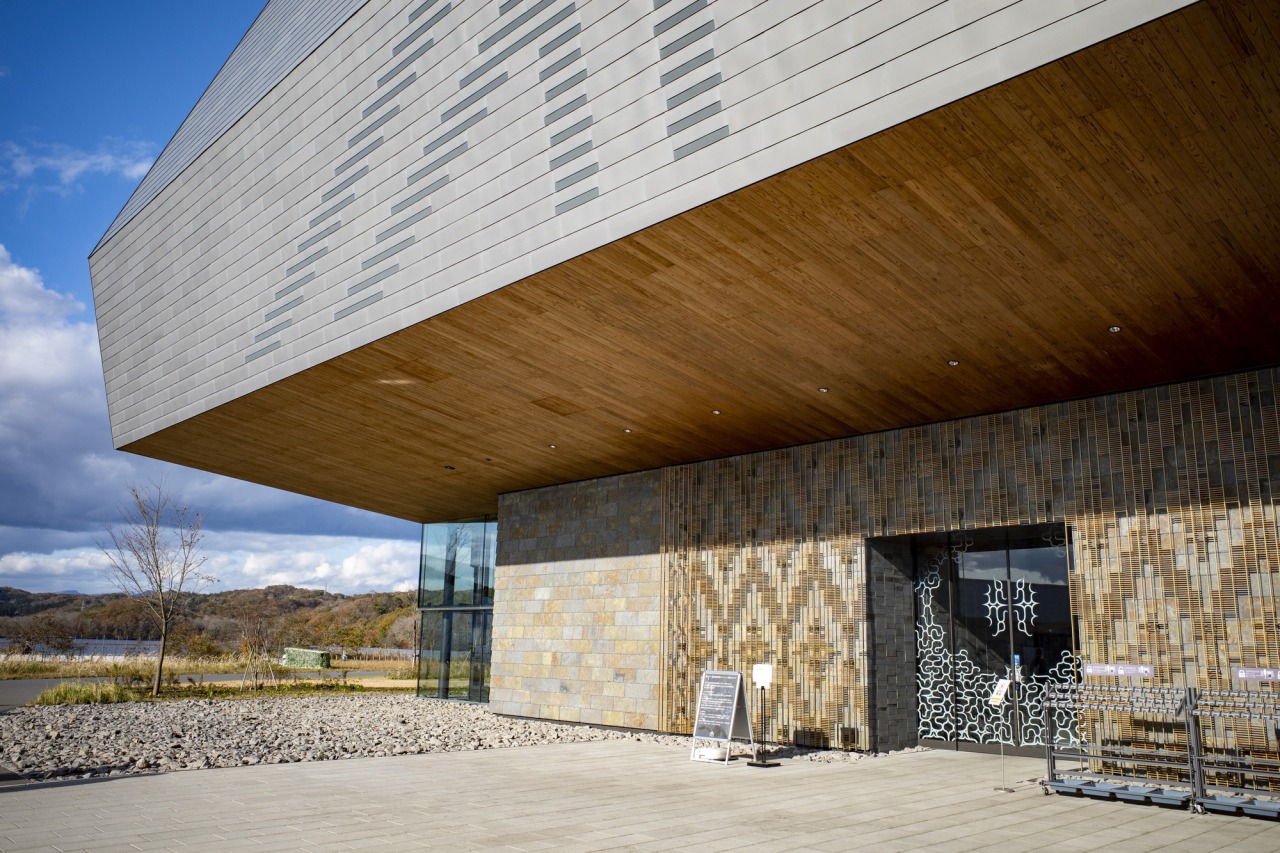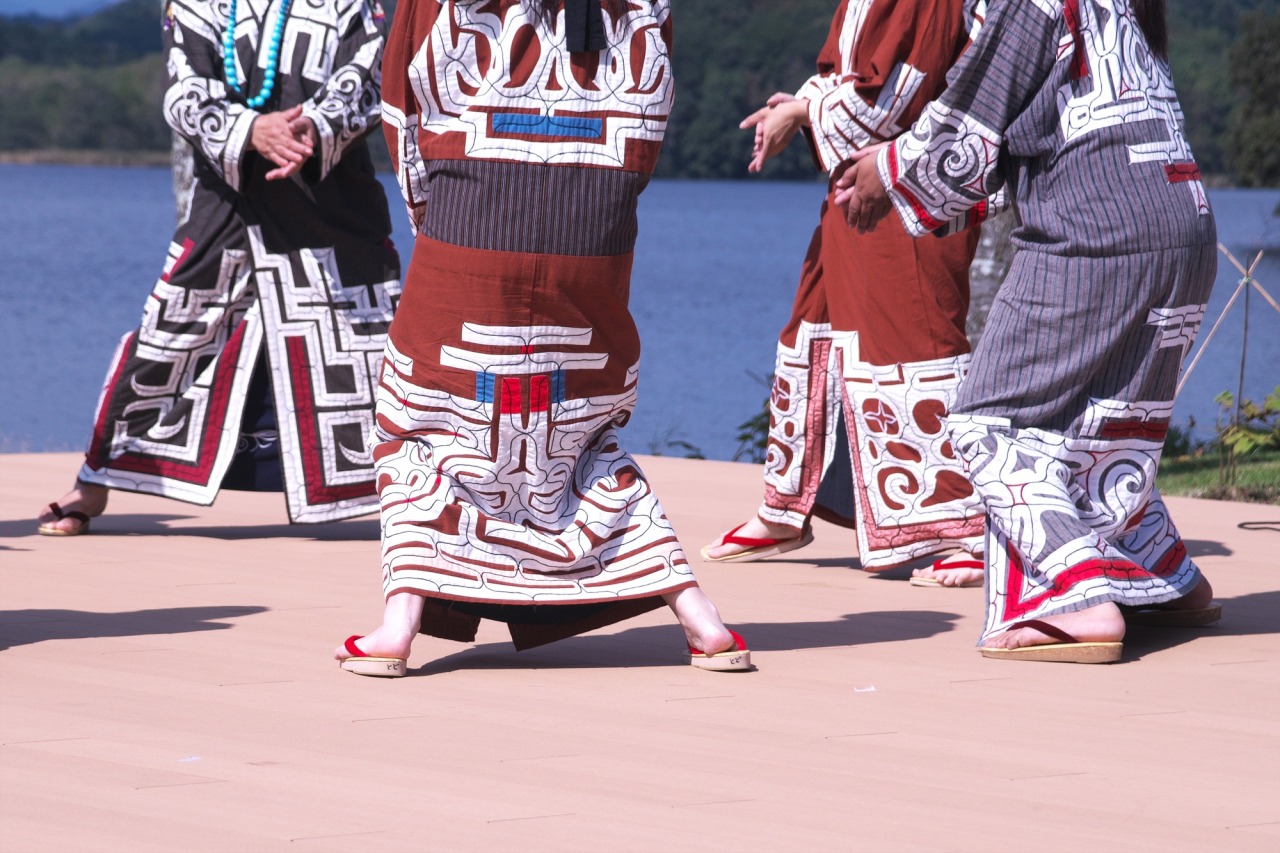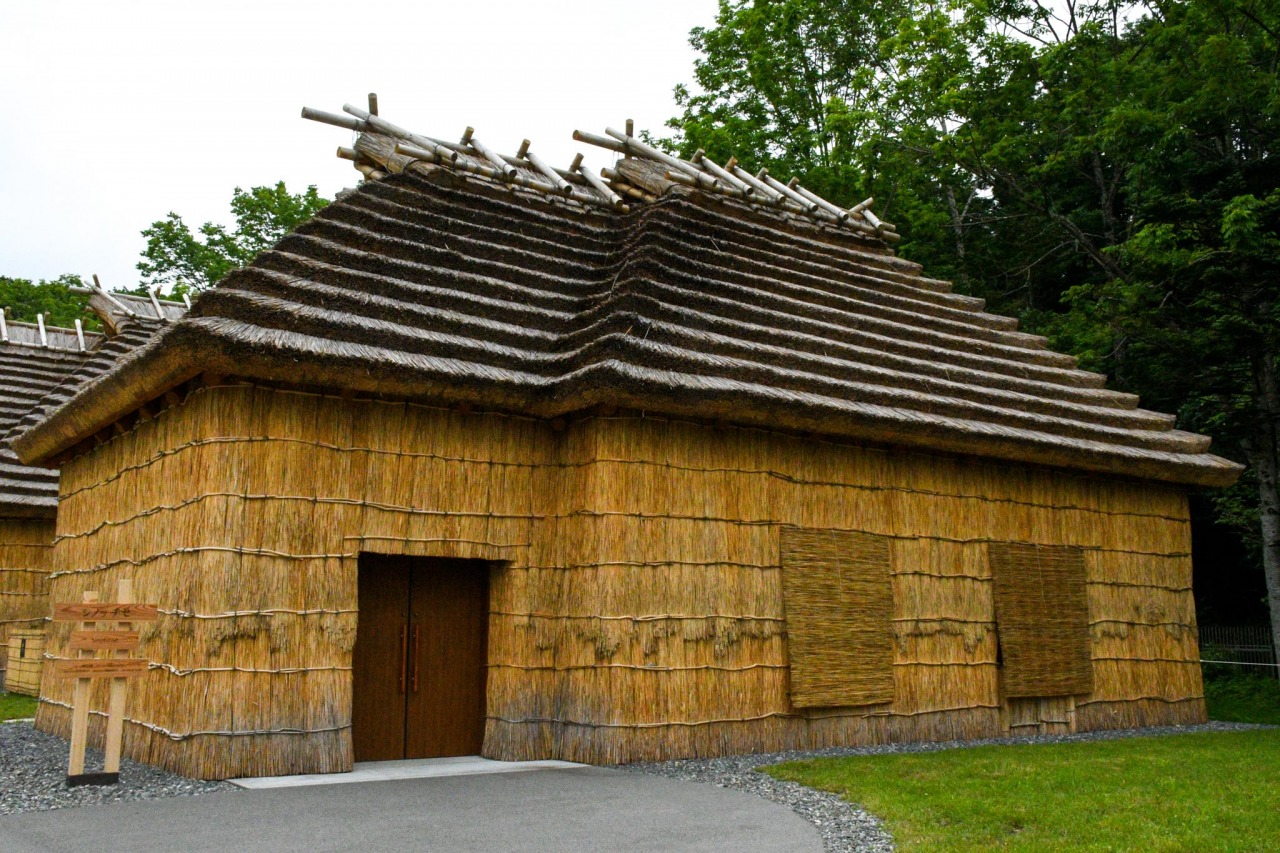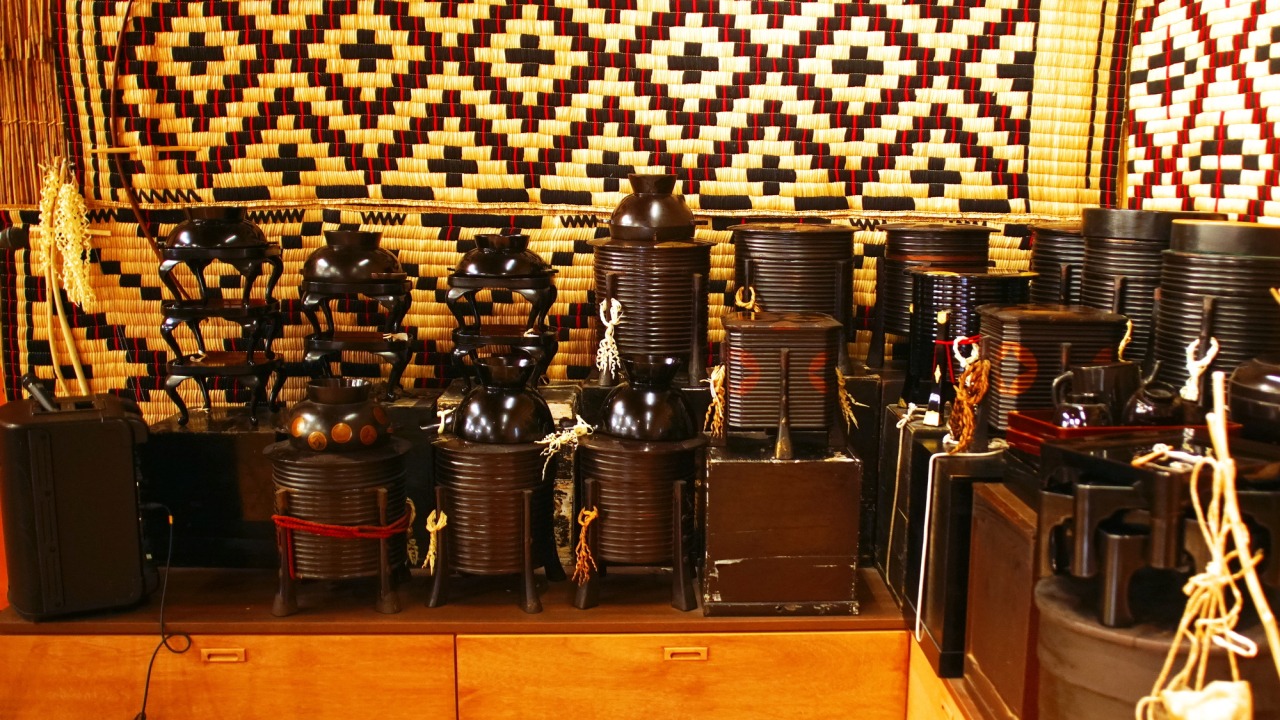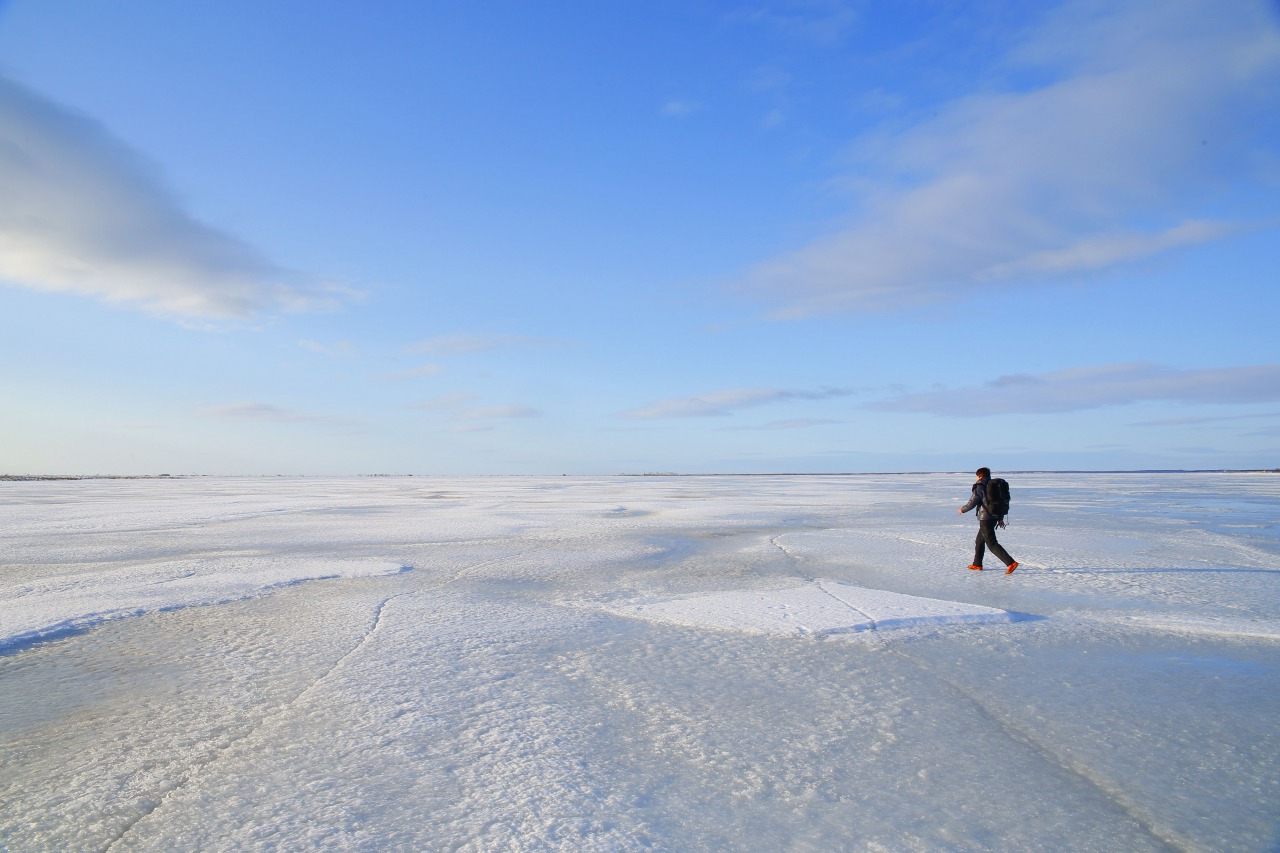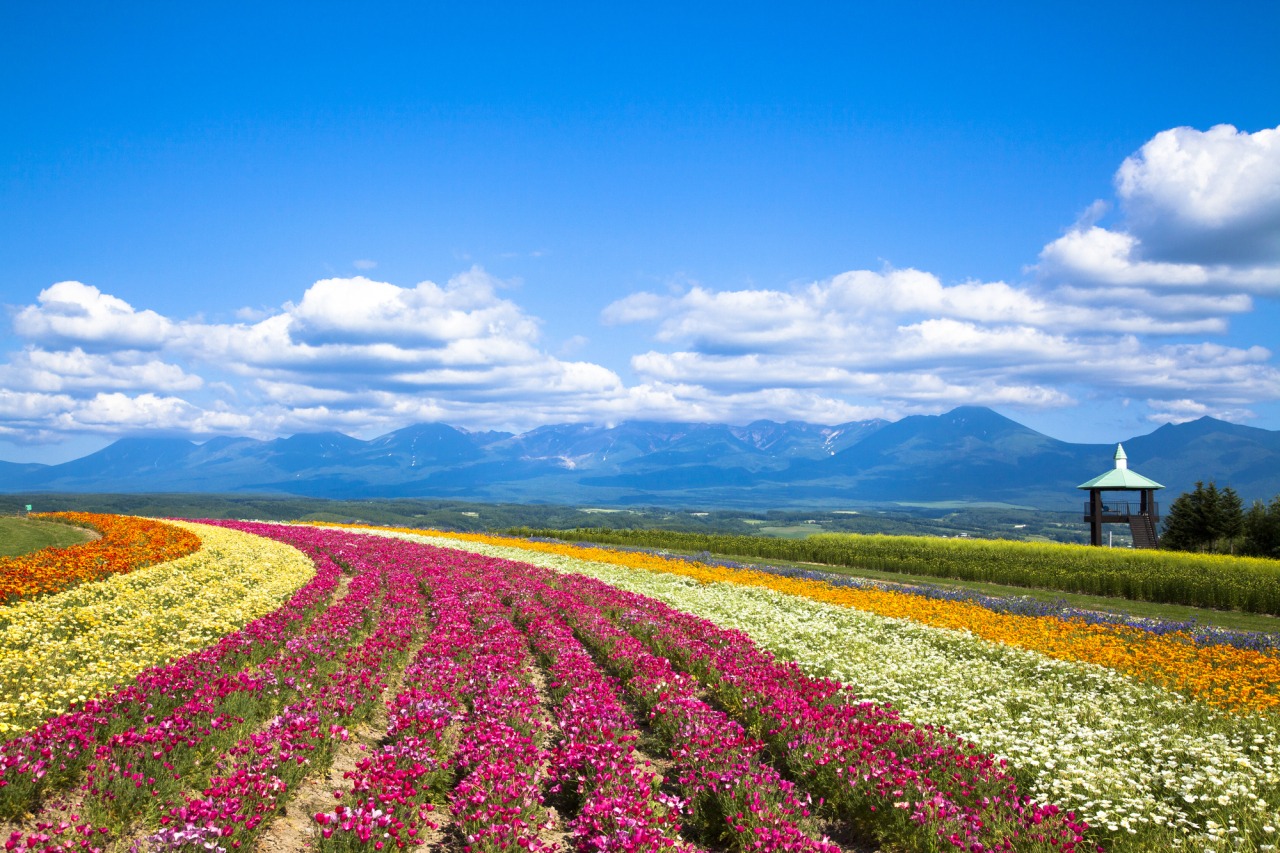

Things to do in Shiraoi:Upopoi
Japan’s first national museum dedicated to the indigenous Ainu people
Upopoi (symbolic space for ethnic coexistence) is located on the shores of Lake Poroto, surrounded by rich nature. “Upopoi” means “to sing in large numbers” in the Ainu language, and as a national center for the revival and development of Ainu culture, it is a facility that learns and conveys the history and culture of the Ainu people.
この投稿をInstagramで見る
The Upopoi facility includes the National Ainu Museum, Japan’s first national museum dedicated to the indigenous Ainu people, the National Ainu Coexistence Park, an experiential field museum where you can experience Ainu culture, and the Ainu people’s dignity There are memorial facilities to realize certain memorial services.
この投稿をInstagramで見る
The National Ethnic Coexistence Park offers traditional Ainu dance performances and various experience programs. There are also plenty of experiential programs that children can enjoy, such as playing musical instruments such as “mukkuri” and “tonkori,” which are used in Ainu dance, as well as cooking and tasting Ainu food, which is filled with the wisdom of living in nature. The whole family can experience Ainu culture.
There are shops selling Ainu crafts, museum goods, and books, as well as restaurants and cafes where you can experience Ainu food culture, so please spend a relaxing and fulfilling day enjoying the beautiful scenery of Lake Poroto.
この投稿をInstagramで見る
About Ainu culture
The Ainu people are an indigenous people from around the northern part of the Japanese archipelago, especially Hokkaido. Including the “Ainu language”, which is a language with a different lineage from Japanese, “spiritual culture” where it is said that spirits reside in all things in the natural world, “ancient dances” performed at festivals and family events, and unique It has developed its own unique culture, such as embroidery using patterns and crafts such as wood carving. A growing number of people are working to revive traditional dances from old records and creating new Ainu music.
この投稿をInstagramで見る
Words
Ainu is the language of Hokkaido, Sakhalin, and the Kuril Islands, and is a different language from Japanese. Although there are some similarities with Japanese, such as arranging words in the order of “~ga”, “~wo”, and “~suru”, there are many grammatical differences. In the past, it was only used orally, but now it is written in creative ways, using characters that are not found in traditional katakana (to゚, ㇰ, ㇷ゚, ㇵ, etc.). It has been lost due to the process of modernization since the Meiji era, and in 2009 (Heisei 21), it was classified as a language in danger of extinction by UNESCO.
この投稿をInstagramで見る
World
Among the various creatures and phenomena that exist around humans, those that have important functions or have a strong influence on humans are called kamuy. They believe that Kamui is everywhere and is always watching over them. For example, animals and plants, fire, water, wind, mountains, and rivers are also kamuy, and kamuy come to the human world as souvenirs such as meat and fur. Iomante is a ritual to entertain Kamui’s ramat (spirits) and send them back to the Kamui world.
この投稿をInstagramで見る
Life
The Ainu people used a variety of fabrics such as animal fur, fish skin, skin with bird feathers, and fibers from trees and grass, as well as silk and cotton obtained through trade. I made clothes. The dining area features ingredients that are closely related to the cycles of nature, such as salmon, deer, seal meat, and seasonal plants. In the cise (house), men made tools and took care of hunting equipment, while women made clothes, mats, and prepared meals.
History
The history of the Ainu people is drawn from the history handed down by the Ainu themselves and the footprints left by surrounding peoples. They should be understood in the context of the time axis from the Paleolithic era to the present day, and the expansion of space, including interactions with surrounding people. In doing so, it is important to have a chronological perspective based on historical continuity, rather than the commonly held understanding that Ainu culture was established between the 9th and 13th centuries.
Link:Hokkaido official tourism website
